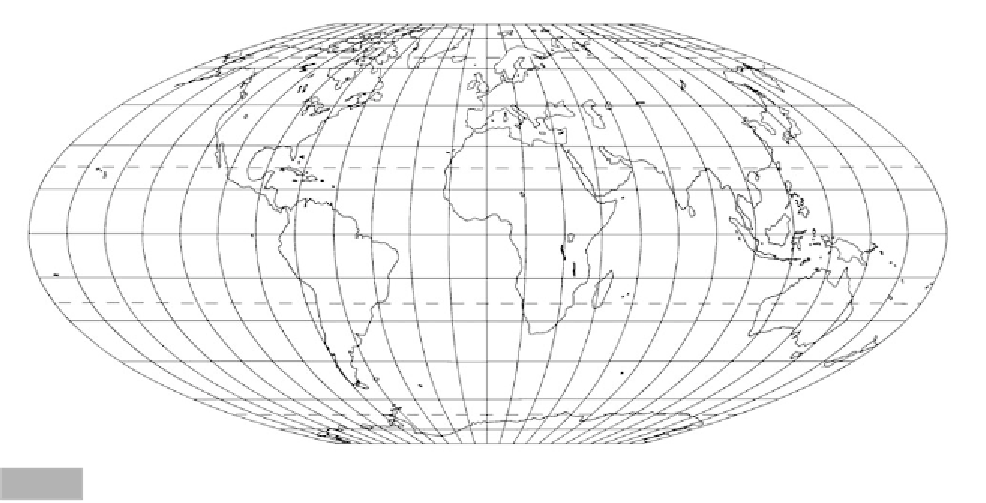Geoscience Reference
In-Depth Information
North
Sea
Stockholm
Scolt Head Is.
Dungeness
Denmark
Gulf of
St. Lawrence
Cornwall
Orford Ness
Caspian Sea
London
New York
Crescent City
Santa Barbara
Southern California
New Jersey
Wajima
Tokyo
Lake Erie
Chesapeake Bay
Dead Sea
Venice
Cape Hatteras
South Carolina
Qattara
Depression
Texas
Florida
Gulf of Mexico
Arabian
Sea
Assam Dam
Darwin
Tweed R.
New South Wales
Stanwell Park Beach
Scarborough Beach
Sydney
Moruya Beach
Agulhas Plateau
South Australia
Location map.
Fig. 8.1
natural hazard to many coastal areas, especially where
major world cities exist close to the limits of present
sea level. The rise in sea level is also believed to be
responsible for the accelerating trend in sandy beach
erosion worldwide. Sea level behaviour and beach
erosion are more complex than outlined in the above
scenarios. This chapter will describe worldwide sea
level trends, and examine the causes of sea level
fluctuations. The chapter will conclude with an evalua-
tion of the factors responsible for beach or general
coastal erosion. The processes whereby rising sea level
can induce beach erosion will be described, followed
by an examination of other causes, such as increasing
rainfall and storminess on the east coasts of North
America and Australia. The relative importance of
these causes will be evaluated using as an example part
of a data set compiled for Stanwell Park Beach,
Australia.
L = CT
(8.1)
)
-1
C =
gT
(2
(8.2)
L = 1.56T
2
in meters
then
(8.3)
where
L = wavelength
C = wave velocity
T = wave period
g = acceleration due to gravity
= 3.1416
Wave motion is transmitted through the water column
with water particles circumscribing elliptical paths that
decrease exponentially in height and width with depth.
If there is no measurable oscillation of water particles
before the seabed is reached (point A in Figure 8.2),
then the wave is considered to be in deep water. If
oscillations are still present when the seabed is reached
(point B in Figure 8.2), then the wave is in shallow
water and affected by the seabed. The height and
energy of a shallow-water wave are determined, not
solely by waveform, but also by the nature of inshore
topography. Under these conditions wave height can
be increased by shoaling, by
wave refraction
- where
offshore
bathymetry
has focused wave energy onto a
particular section of coastline such as a headland - or
by
wave diffraction
around headlands,
tidal inlets
, and
harbor entrances. Figure 8.3 exemplifies each of these
conditions, which are controlled in magnitude by wave
height, period, and water depth. Generally, the rate at
which energy moves with the wave - the energy flux -
remains virtually constant as a wave travels through
WAVES AS A HAZARD
Theo
ry
(Wiegel, 1964; Beer, 1983; Dalrymple, 2000)
The basic form and terminology of a linear wave is
described schematically in Figure 8.2. This diagram
has been used to characterize simply general wave
phenomena, including ocean waves, tides, storm surges,
seiching, and tsunami. The waveform in Figure 8.2 has
the following simple relationships in deep water:





































